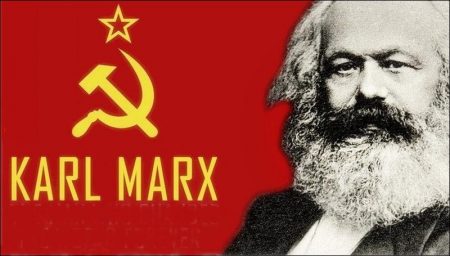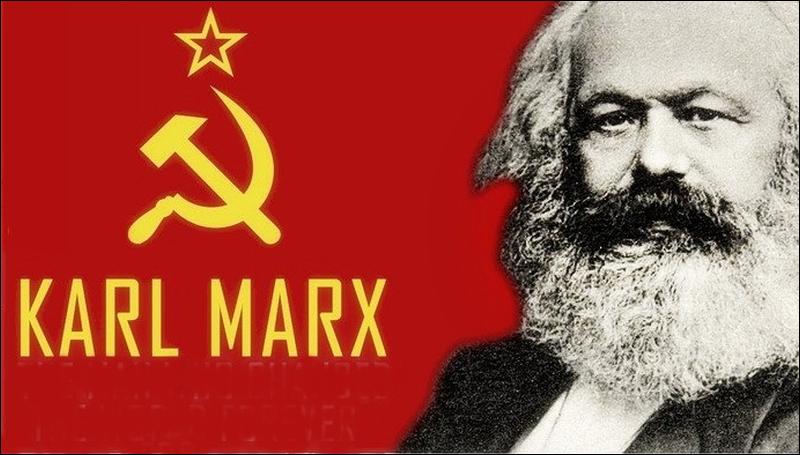In the mid-19th century, there was no other text that remained as valid as the Communist Manifesto written by Karl Marx and Frederick Engels in 1848. Even today, all paragraphs of the text correspond to today’s reality more than the reality of 1848. The conclusions of Marx and Engels, based on propositions that were almost impossible to understand at that time, have been fully substantiated by developments that have taken place over 170 years of history.
Looking at their intuition, were Marx and Engels the two prophets descending on them, or two magicians looking at the crystal ball, or two extraordinary beings? No. They only grasped the essence of defining and characterizing capitalism better than others living in their own time and in our time. Marx devoted his entire life to deepening this analysis, first by examining the new economy that emerged in England and the new style of politics that began in France.1
Marx’s Capital provides a rigorous scientific analysis of what the capitalist model of production and capitalist society is and how it differs from previous models. 1. The skin makes a deep dive into the heart of the problem. The commodity exchanges between private property owners (the commodity exchange is a phenomenon whose centrality is unique in the modern capitalist world, although it had existed before), in particular makes it clear what the meaning of value and abstract social labor means.
From this basis, Marx provides us with an understanding of how the proletariat’s sale of labor power to the “mercenary man iye guarantees the production of surplus value exploited by the capitalist and the subsequent accumulation of capital. The sovereignty of value dominates not only the reproduction of the economic system of capitalism, but also all aspects of modern social and political life. The concept of commodity alienation refers to the ideological mechanism that expresses the general unity of social reproduction.
These intellectual and political instruments, confirmed by the development of Marxism, have demonstrated their value by accurately predicting the general history of capitalist reality. The fact that there is no attempt to think about this reality from outside Marxism – or generally from opposing ideas – has produced comparable results. Marx’s critique of bourgeois thought, and in particular his onun vulgar doğru, as well as his critique of economic science, is a masterful work. This alienated thought does not have the capacity to comprehend where capitalist society is going, since it does not have the ability to understand what is the fundamental reality of capitalism.
Will the future be shaped by socialist revolutions that end capital sovereignty, or will capitalism succeed in prolonging its life and lead to the collapse of society? The bourgeois idea ignores this question in the Manifesto.
In fact, this is what we read in the Manifesto: çatışma Each time there is a conflict, which results in either a completely revolutionary transformation of society or the common destruction of the conflicting classes sürekli. 2nd
This sentence has been my attention for a long time. From this point of view, I have come to the point of gradually formulating a reading of history that focuses on the notion of uneven development and the idea that various, possible transformation processes will begin from the center, not from the center. I also had attempts to clarify both ways that correspond to this challenge.
By choosing the way to derive the laws of historical materialism from universal experience, I proposed an alternative formulation of a unique pre-capitalist model, that is, the tributerian production model, in which all class societies tend. As a result, the history of the West Roma the foundation of the ancient Rome, its dissolution, the establishment of feudal Europe, and ultimately the crystallization of the absolutist states of the mercantilist era görülen is the most powerful example of China, which is found in other places outside the West, as uninterrupted as the West. it expresses a special form of trend. In our reading of history, the slave model is not universal; it is specific and emerges strictly due to the expansion of commodity relations. In addition, the feudal model is an incomplete form of the primitive and tributary model.
Unlike Marx and Engels, from the time of the Manifesto they strongly argue that capitalism is only a small parenthesis in human history. However, the capitalist production model of their time was not going beyond England, Belgium, a small part of Northern France and the west of the Prussian Vestal. There was no comparable region in other parts of Europe. Yet Marx thought that a ”soon ist European socialist revolution would take place. This expectation is evident in every line of the Manifesto.
As a result, Marx had an intuition that revolutionary transformation could begin from the periphery of the system — what Lenin later called the “weak link”. But Marx could not make inferences for every situation that imposed itself on this point. To see this, the communists are beginning to imagine a new strategy called sosyal the construction of socialism in one country V.. With Lenin and Mao Zedung, we had to wait for history to move towards the twentieth century. This is an expression that I prefer to make a long exposition that I do not agree with: iz The uneven steps taken on the long path of transition to socialism were limited to those countries where the sovereign imperialism pursued a war and heavy isolation strategy. ”
Views: 508





